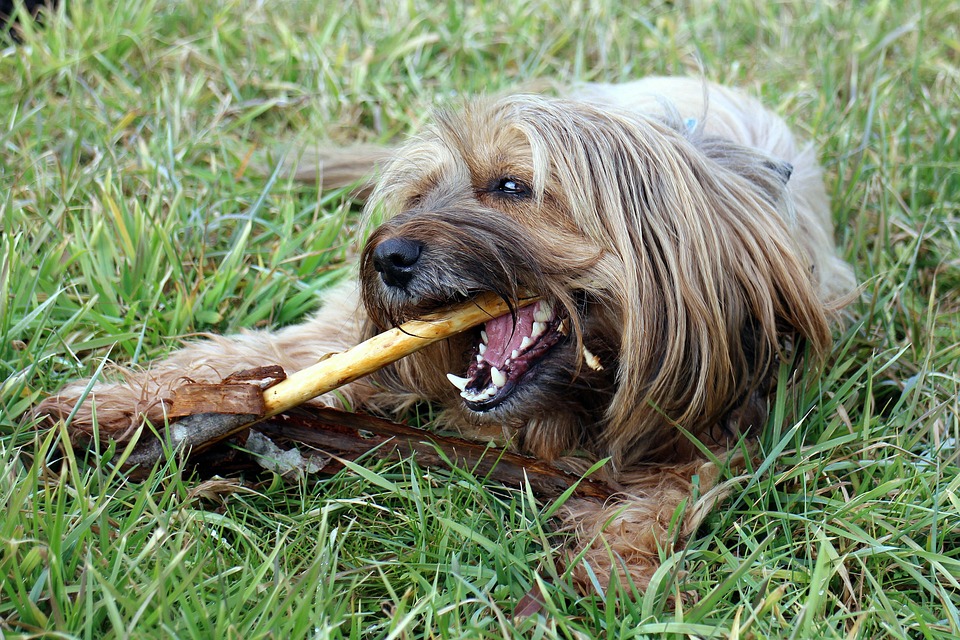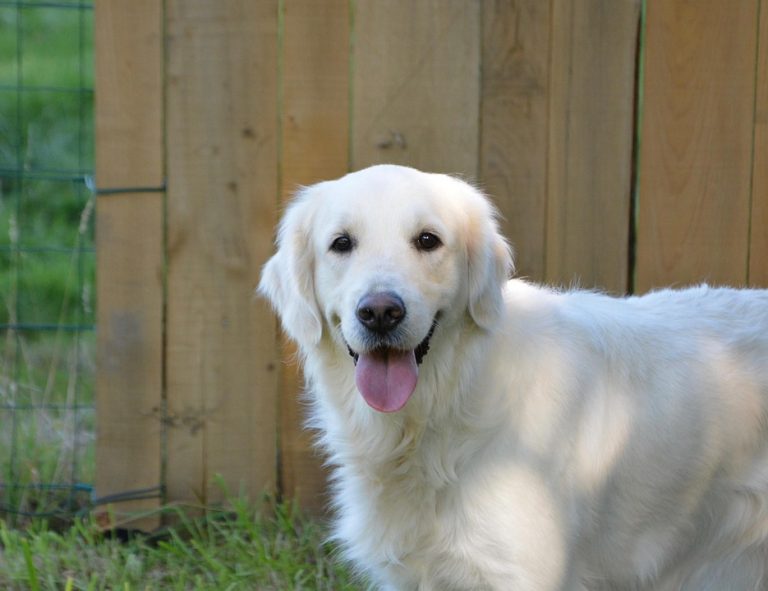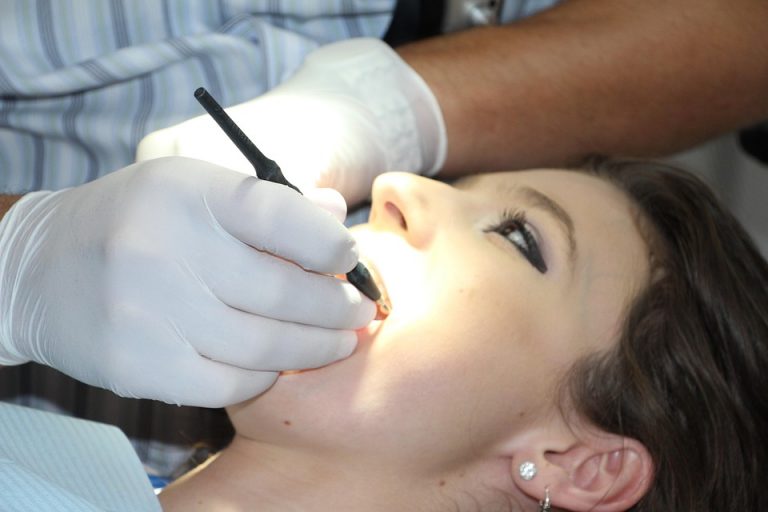Dog dental care means more than minty breath; it’s about preventing pain, stopping infection, and keeping your companion vibrant for years. I’m going to tell you how to protect those teeth without drama — clear, bold, and practical. This is the kind of care that changes a dog’s life and makes yours easier.
Contents
Dog Dental Care Basics
Start with the truth: dental disease is the most common health problem in dogs. If you ignore the mouth, you invite infections that can travel to the heart and kidneys. Good dog dental care prevents pain, reduces vet bills, and keeps your dog’s energy bright.
What does proper dog dental care look like? It’s daily habits, occasional professional help, and the right products. You don’t need to become a dental technician. You need a plan you can keep.
Why It Matters To Your Dog’s Whole Health
Bad teeth don’t stay in the mouth. Bacteria from dental disease enter the bloodstream and raise the risk of heart and kidney problems. Veterinary studies and trusted sources at the American Veterinary Medical Association show links between oral infections and systemic illness, which should make any owner sit up straight.
When you invest in dog dental care, you’re investing in fewer infections, fewer painful extractions, and a happier, longer life for your dog. That’s worth the five minutes a day I’ll teach you.
How To Check Your Dog’s Mouth At Home
Make checking paws-on and calm. Lift the lip gently. Look for red gums, heavy brown tartar, or bad breath that won’t go away after a treat. Pain, drooling, dropping food, or pawing at the mouth are clear signals something is wrong.
Practice dog dental care checks while you feed treats. Build trust. If your dog resists, break it into tiny steps: touch the muzzle, lift the lip for a second, reward. Comfort and repetition win.
7 Easy, Actionable Dog Dental Care Tips
These are practical, not preachy. Try one, then build. Small steps add up.
1. Brush With The Right Approach
Brushing is the gold standard of dog dental care. Use a dog-specific toothbrush and paste — human toothpaste foams and can upset their stomach. Start slow. Let your dog taste the paste, then gently lift the lip and brush in circular motions along the gumline.
Three minutes a day is all you need. If daily feels impossible, aim for three times a week. Consistency beats perfection.
2. Choose Chews That Fight Plaque
Not all chews are equal. Look for Veterinary Oral Health Council–approved chews that mechanically scrub teeth and reduce plaque. Chews are a support, not a replacement, for brushing.
Rotate textures and sizes to match your dog’s breed and bite. A too-hard chew risks broken teeth; a chew that’s too soft won’t work.
3. Use Dental Rinses And Water Additives
Rinses and water additives fit into a busy life. They reduce bacteria and freshen breath with minimal effort. Try a veterinarian-recommended additive and watch how breath and plaque respond.
These products are excellent for dogs that won’t tolerate brushing. They don’t replace mechanical cleaning but they complement it.
4. Feed For Oral Health
Food matters. Some diets are formulated to reduce tartar and support oral tissues. Dry kibbles with a designed texture can help scour teeth during chewing. Talk with your vet about the best diet for your dog’s dental needs.
Feeding time can be dental time. Use kibble as part of a routine that promotes healthy chewing.
5. Schedule Regular Dental Exams And Cleanings
Professional cleanings under anesthesia remove tartar below the gumline where infections live. Your vet will recommend frequency based on your dog’s risk. Most dogs benefit from at least annual checkups; some need more frequent care.
Think of professional care as a reset. It makes daily dog dental care more effective afterward.
6. Monitor For Pain And Behavioral Changes
Dogs hide pain. Subtle signs like reluctance to play, decreased appetite, or irritability around the mouth can signal dental pain. When you notice changes, don’t wait.
Early intervention keeps small problems from becoming complex surgeries. That’s smart, compassionate ownership.
7. Create A Simple Daily Routine
A five-minute ritual beats sporadic effort. Combine brushing, a chew, and a quick lip lift each day. Make it part of your morning or evening routine — like putting on your shoes. Keep it calm and rewarding.
Consistency transforms dog dental care from a chore into an act of love.
Tools You’ll Need
Stock a small drawer: a dog toothbrush, enzymatic toothpaste, approved chews, a water additive, and finger brushes for stubborn dogs. Keep them visible so you don’t forget.
Use treats and praise. Positive reinforcement makes these moments easy and loving.
How Veterinary Science Supports These Steps
Scientific research backs simple, consistent care. Clinical studies published in veterinary journals show that daily brushing dramatically reduces plaque and gingivitis. The American Veterinary Dental College publishes guidelines on preventive care that echo these tips.
When vets recommend toothbrushing, chews, and professional cleanings, it’s not guesswork. It’s evidence-based practice. Trust the experts and pair their recommendations with your daily habits.
Common Mistakes To Avoid
Don’t skip the gumline — that’s where disease starts. Don’t use human toothpaste. Don’t wait for obvious symptoms. Many owners think bad breath is normal; it isn’t.
Also avoid using unsafe bones or hard objects that can fracture teeth. Prevention is smarter than repair.
What To Expect At The Vet
A dental exam looks at gums, teeth, and bite. If cleaning is needed, the vet will likely recommend anesthesia so they can clean below the gumline and take dental X-rays. Expect a discussion about pain control and aftercare.
Bring questions. Ask about frequency, home care tips, and how to spot complications. A good vet will listen and give clear, practical guidance tailored to your dog.
Real-World Example: A Rescue Story
I once met a dog whose breath cleared up in a week with daily brushing and an appropriate chew. The owner had been told extraction was imminent, but with a professional cleaning and a routine at home, many teeth stabilized and pain disappeared.
That’s the power of consistent dog dental care: quicker recovery, fewer procedures, and a happier dog. It transforms fear into manageable steps.
Products I Trust
Choose products that carry veterinary approval or are recommended by dental specialists. Brands that partner with veterinary dentists and publish clinical results are reliable choices. Read labels; look for plaque-reduction claims backed by testing.
If you’re unsure, ask your veterinarian. They’ll recommend brands based on your dog’s size, breed, and dental health.
Training Your Dog To Accept Dental Care
Start with rewards. Put the paste on your finger and let the dog lick it. Move to a finger brush, then a toothbrush. Keep sessions short and always end with praise or a play session.
Gentle, steady progress beats forcing the issue. Most dogs learn to enjoy the attention and treats.
When To See A Specialist
Refer to a veterinary dental specialist if your dog has severe periodontal disease, fractured teeth, or complex oral tumors. Specialists do advanced imaging and surgeries that general practices may not offer.
If your general vet recommends referral, take it seriously. Specialists give dogs the best chance at full recovery.
Cost Versus Value
Yes, professional cleanings cost money. But consider the cost of untreated disease: extractions, antibiotics, heart or kidney complications, and reduced quality of life. Preventive dog dental care is an investment that saves money and protects your dog’s comfort.
Small daily expenses — toothpaste, chews — are modest compared to major procedures.
Final Checklist For Busy Owners
- Brush at least three times a week; daily is ideal.
- Use approved chews to support plaque control.
- Add a vet-recommended rinse or water additive for extra protection.
- Schedule regular exams and professional cleanings when advised.
- Watch for pain, appetite changes, or behavior shifts.
Make these actions non-negotiable. My advice: anchor one dental task to a daily habit like feeding or evening cuddle time.
Bottom Line
Bold, simple action keeps your dog healthier and happier. Follow these seven steps and you’ll turn prevention into a routine that feels natural. Dog dental care is the quiet, daily kindness that pays back in wagging tails, easier vet bills, and the comfort of knowing you did right.
Be gentle, be consistent, and ask your veterinarian for personalized advice. Your dog will thank you with years of lively companionship.
Frequently Asked Questions
FAQ
How often should I brush my dog’s teeth?
Brush daily when possible; if not, aim for at least three times a week to significantly reduce plaque and gingivitis.
Are dental chews enough to keep my dog’s mouth healthy?
Chews help but don’t replace brushing and professional cleanings. Use chews as part of a comprehensive dog dental care routine.
Is anesthesia safe for dental cleanings?
Modern anesthesia is very safe with proper monitoring. It allows thorough cleaning below the gumline and provides access for dental X-rays.
What signs suggest a dental problem?
Bad breath that won’t improve, red or bleeding gums, drooling, difficulty eating, and pawing at the mouth are clear signs to see your vet.
References
- The American Veterinary Medical Association provides guidance on recognizing and preventing oral disease in pets (http://www.avma.org/resources-tools/pet-owners/petcare/oral-health).
- The American Veterinary Dental College offers clinical resources about professional dental procedures and prevention strategies (http://www.avdc.org).
- The National Institutes of Health publishes veterinary dental research and studies that outline links between oral health and systemic disease (http://www.nih.gov/research/veterinary-dental-health).








